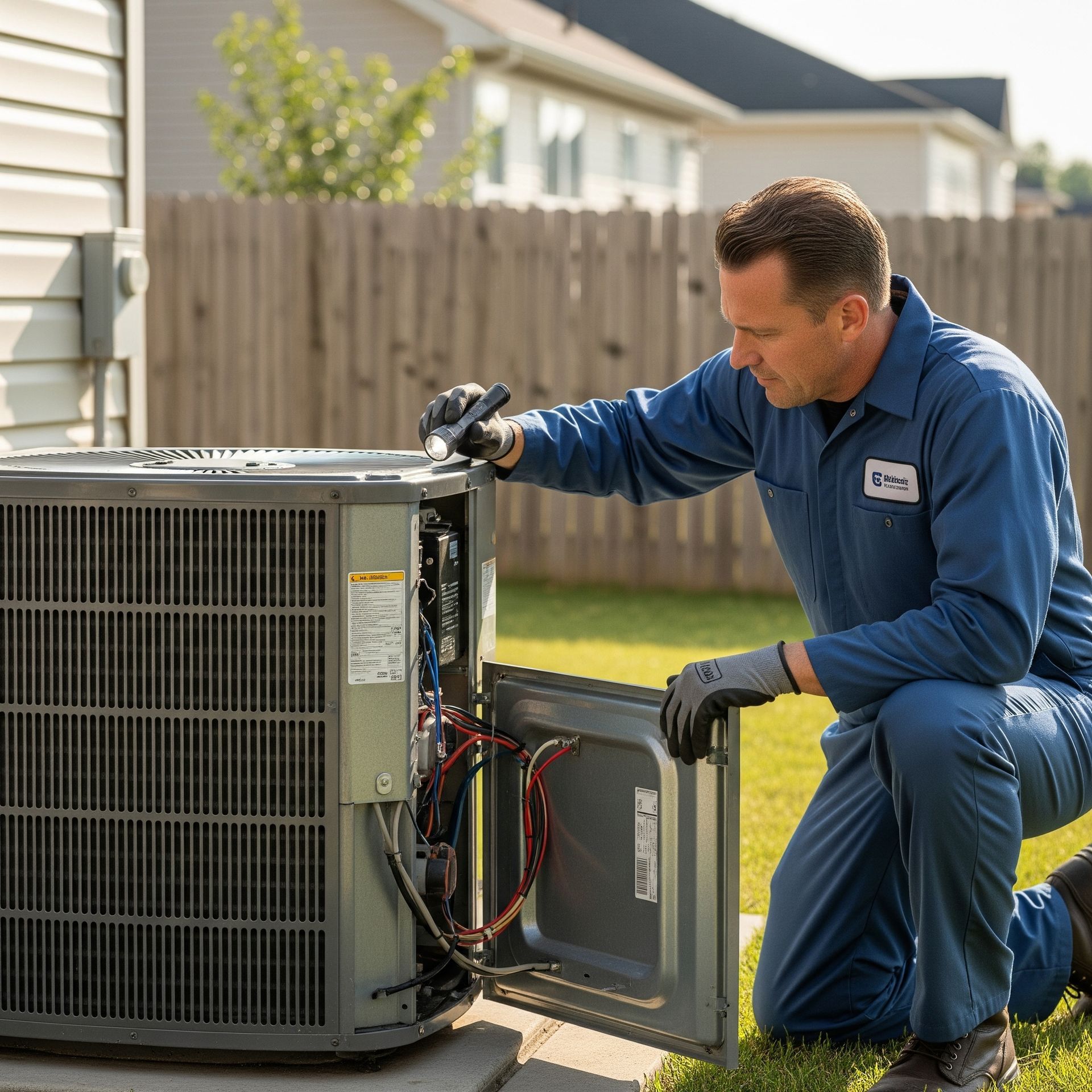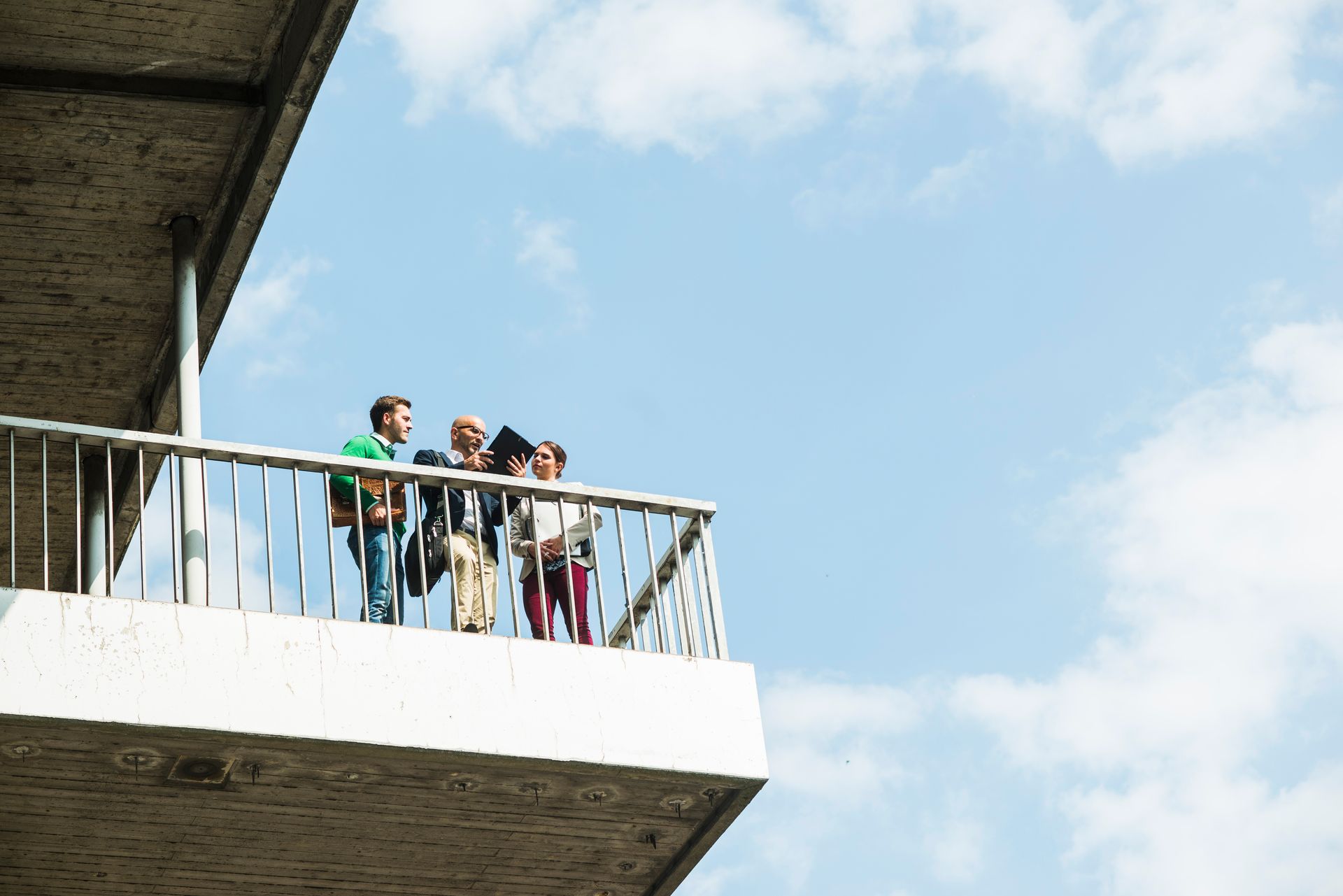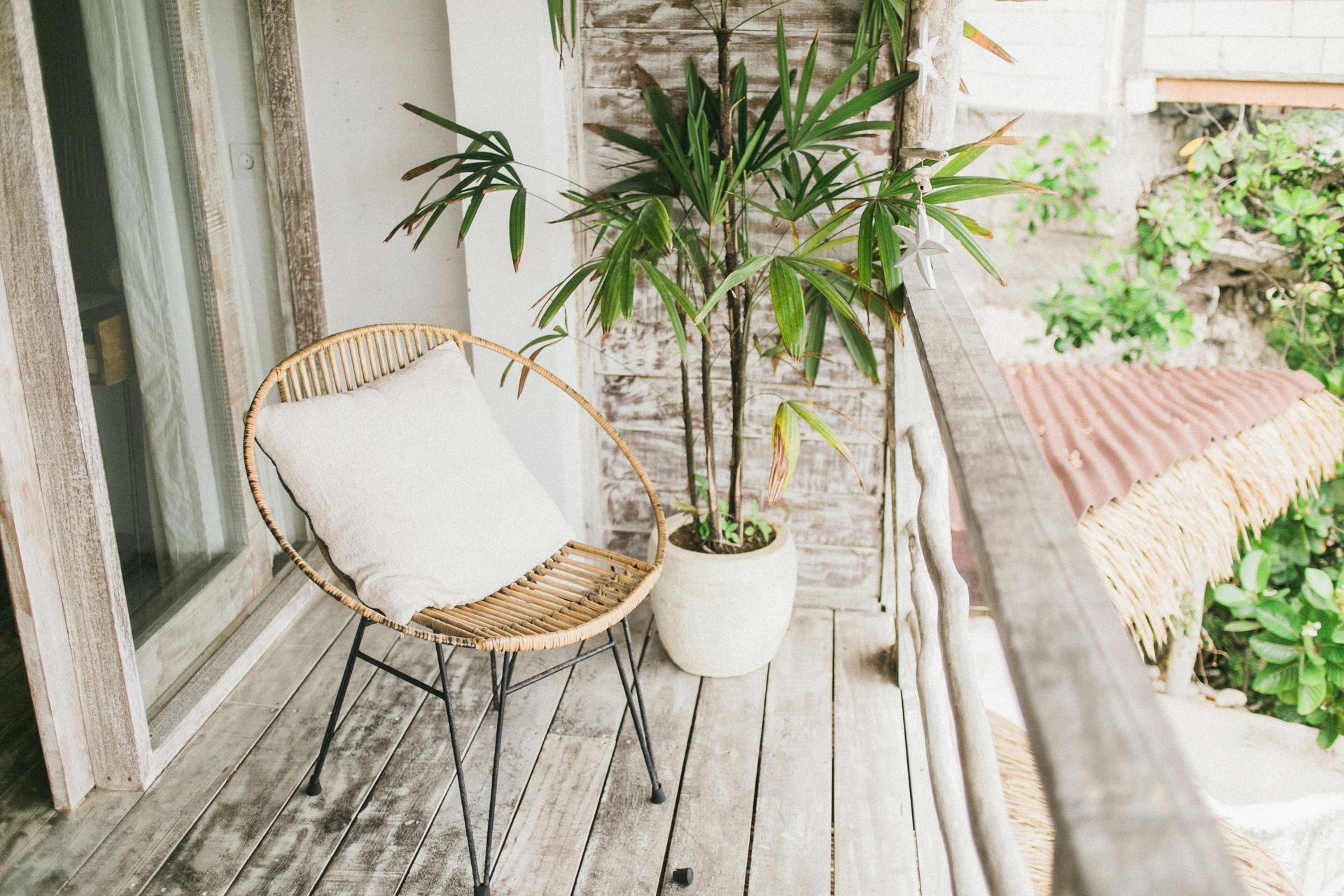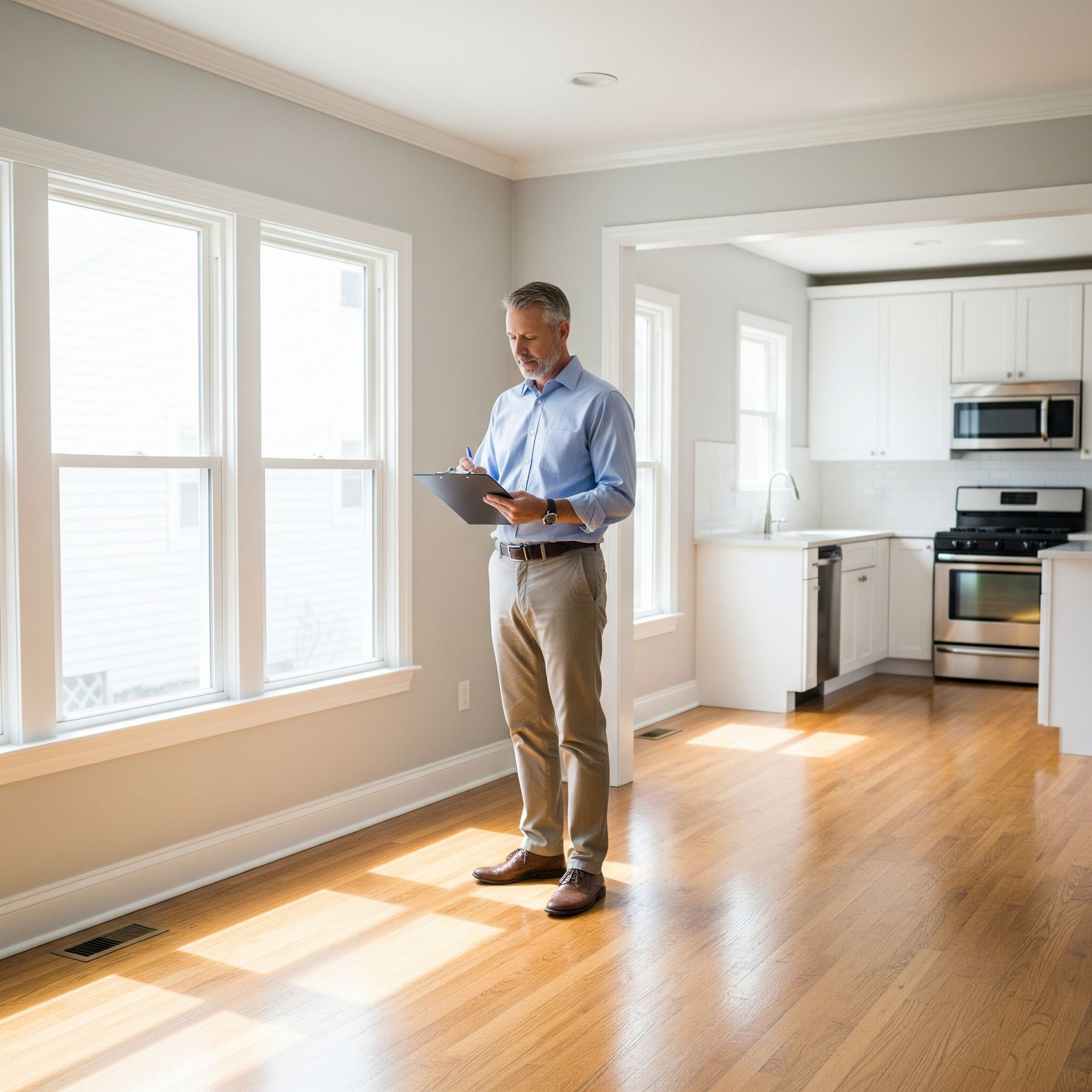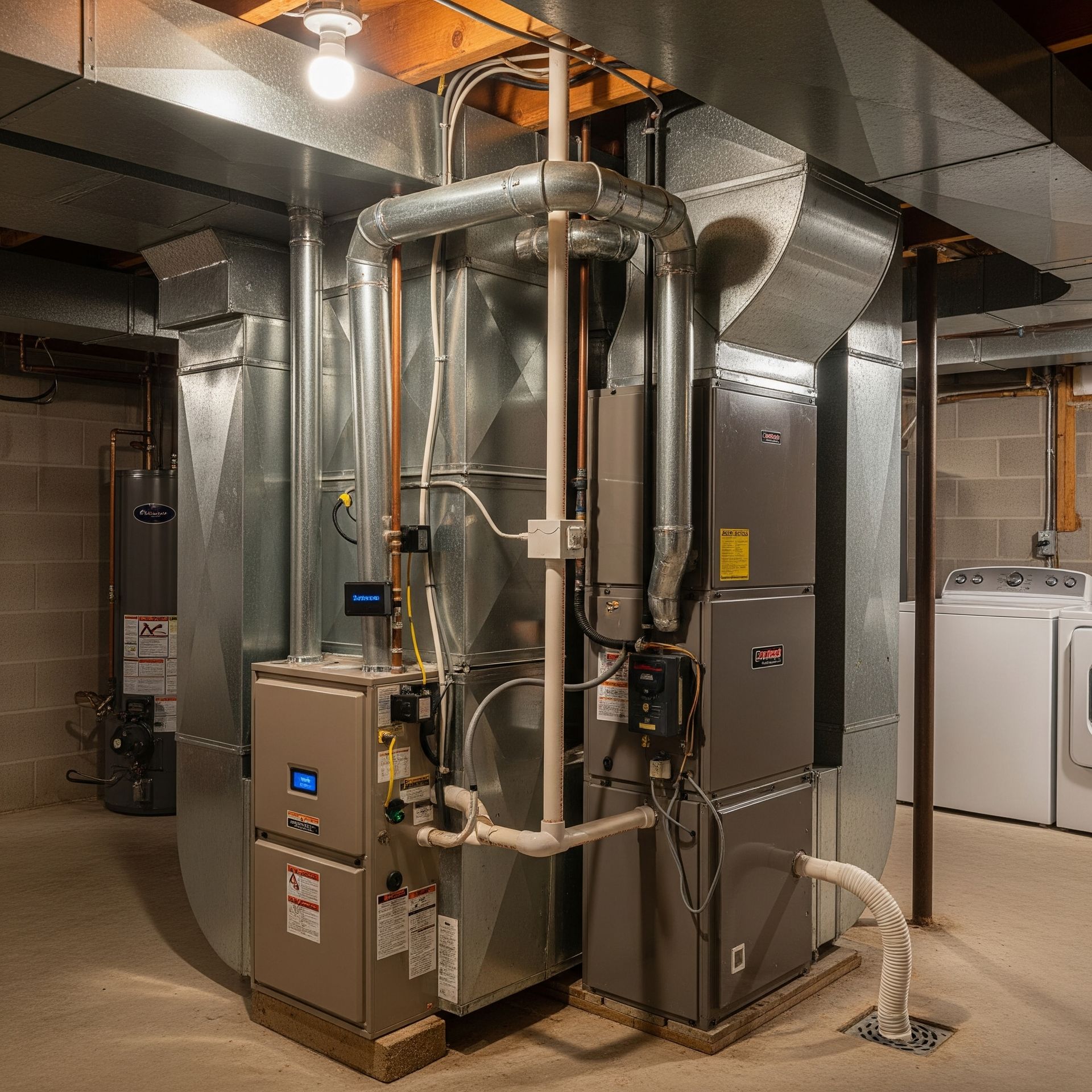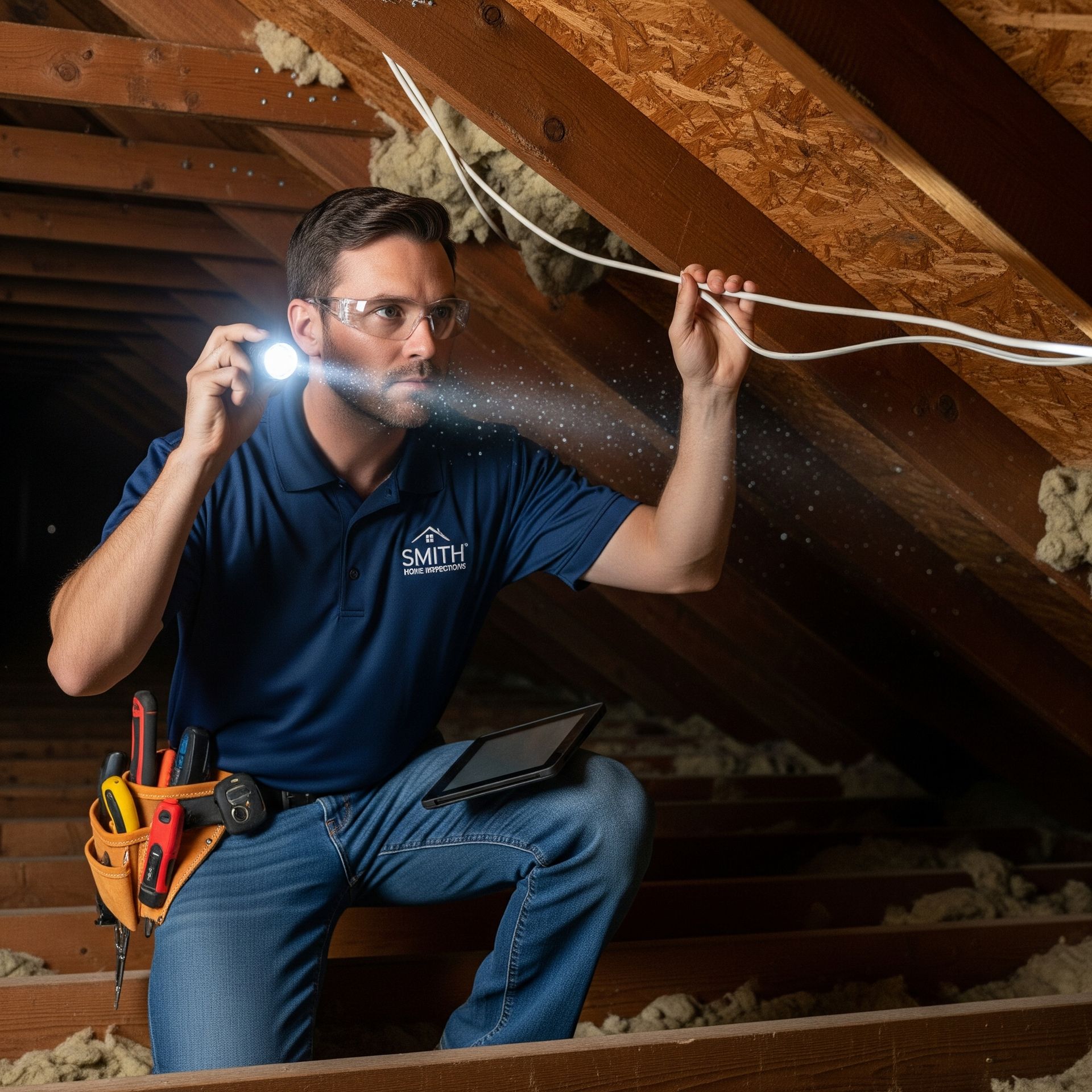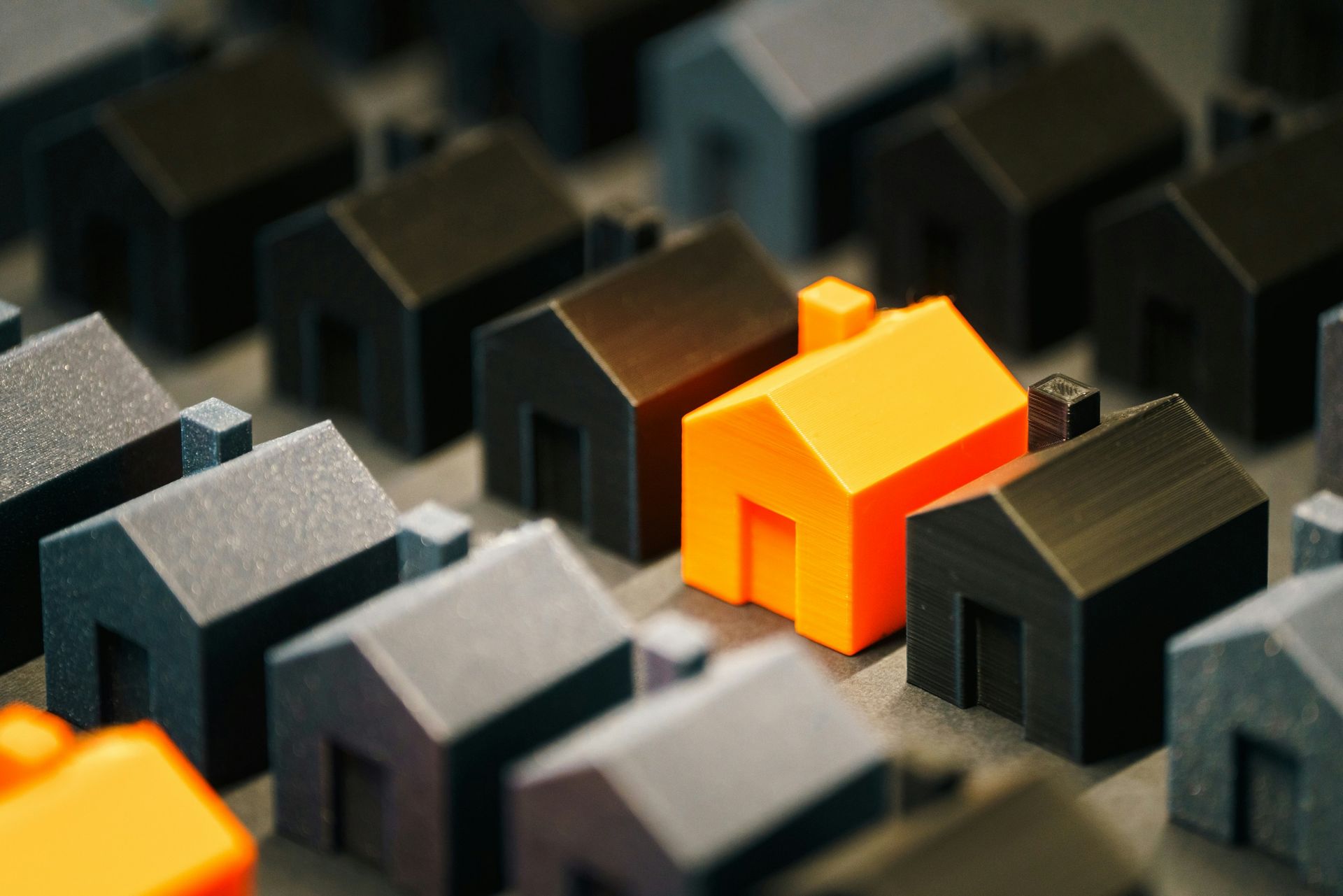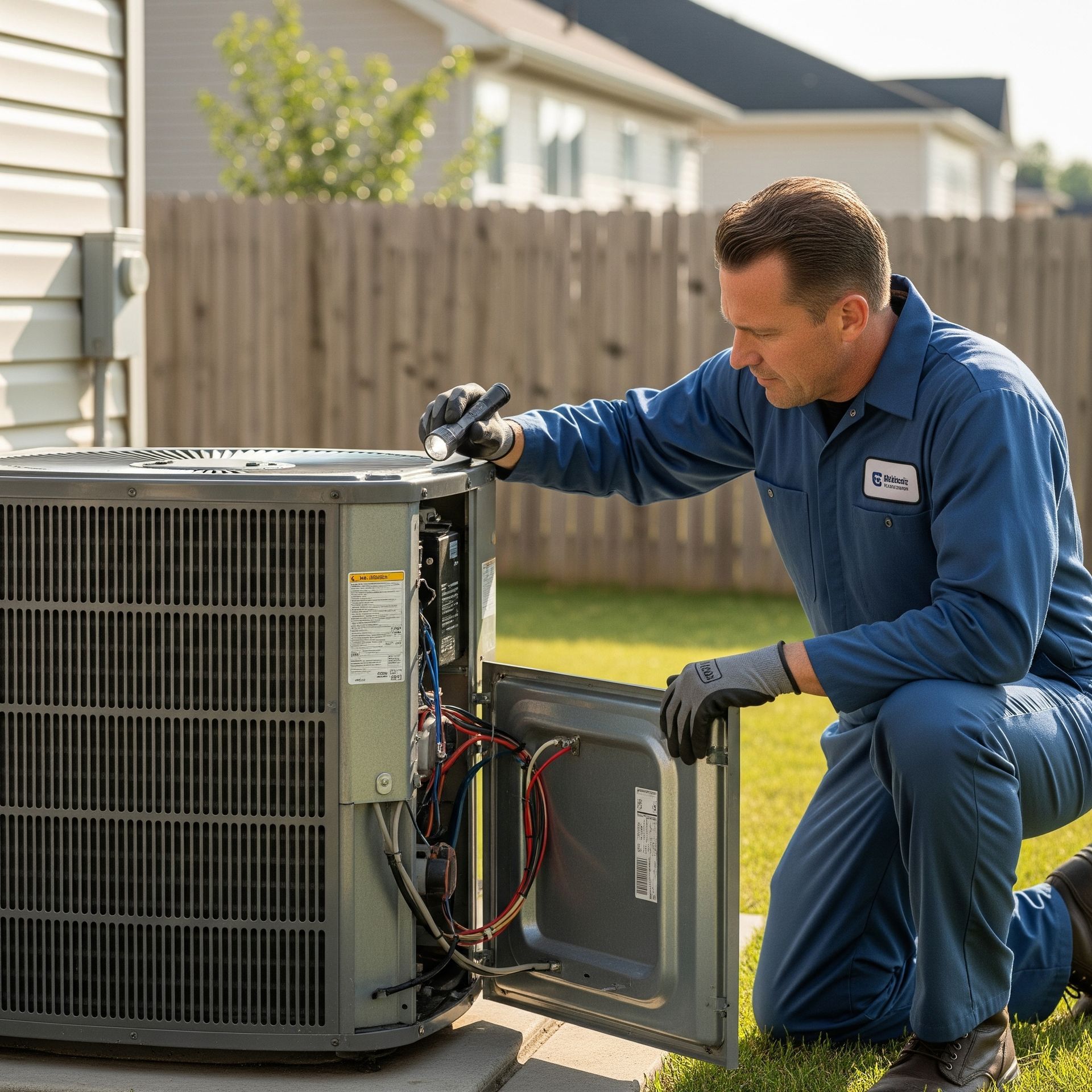7 Common Issues in Old Houses and How to Fix Them
Owning an older home comes with charm, character, and unique craftsmanship. However, these homes also come with their fair share of issues, from outdated wiring to structural concerns.
If you’re living in or considering purchasing an older house, understanding the most common problems can save you time, money, and potential hazards down the line.
In this guide, we’ll explore the most common issues found in older homes, how to identify them, and what solutions you can implement to restore your home to a safe and functional state.
1. Outdated Electrical Systems
Why It’s a Problem:
Older homes often have old electrical wiring. This wiring was not made to support the power needs of today’s appliances and technology. Knob-and-tube wiring, aluminum wiring, and outdated circuit breakers can pose serious fire hazards.
Signs of Electrical Problems in Older Homes:
- Flickering or dimming lights when using multiple appliances
- Frequently tripping circuit breakers or blown fuses
- Outlets that don’t hold plugs securely or feel warm to the touch
- Lack of grounded (three-prong) outlets
- Burning smell or buzzing sounds near outlets or electrical panels
Solution:
If your home has old or faulty wiring, it’s crucial to hire a licensed electrician to upgrade your system. Consider replacing outdated fuse boxes with modern circuit breakers, updating wiring, and adding more grounded outlets for safety.
2. Plumbing Problems and Pipe Deterioration
Many older homes were built with galvanized steel, cast iron, or even lead pipes. Over time, these materials can corrode, rust, or leak. This can cause water damage, low water pressure, and health risks.
Common Plumbing Issues in Older Homes:
- Low water pressure due to clogged or corroded pipes
- Discolored water, often brown or reddish, indicating rust buildup
- Frequent pipe leaks or water damage
- Lead pipes, which pose a significant health risk
Solution:
If your home still has galvanized steel or lead pipes, consider replacing them with modern PEX or copper piping. If you’re experiencing persistent leaks, consult a professional plumber to inspect and replace any failing pipes.
3. Foundation Issues and Structural Damage
Why It’s a Problem:
The foundation is the backbone of every home. In older homes, shifting soil and moisture can cause big problems. Natural settling can also lead to serious issues. Cracks, uneven floors, and sticking doors or windows are all signs of foundation issues.
Signs of Foundation Problems in Old Houses:
- Large cracks in walls, ceilings, or the foundation itself
- Doors and windows that no longer close properly
- Uneven or sloping floors
- Water pooling around the foundation or basement leaks
Solution:
If you notice signs of foundation damage, it’s best to call a structural engineer or foundation specialist. Small cracks can often be fixed with epoxy injections. However, serious foundation shifts may need reinforcement, leveling, or waterproofing.
4. Asbestos and Lead Paint Concerns
Why It’s a Problem:
Many older homes contain hazardous materials that were widely used before modern regulations were put in place. Builders commonly used asbestos in insulation, flooring, and siding, while homeowners applied lead-based paint in homes built before 1978. Exposure to these materials can cause serious health risks.
How to Identify Asbestos and Lead Paint:
- Asbestos: Found in old insulation, popcorn ceilings, and vinyl flooring. You cannot identify asbestos visually; a professional must conduct testing.
- Lead Paint: Homes built before 1978 likely have lead-based paint, which becomes hazardous when peeling or disturbed.
Solution:
Never attempt to remove asbestos or lead-based paint yourself. Hire certified professionals to conduct proper testing and safe removal. If the lead paint is intact, sealing it with special encapsulating paint can prevent exposure.
5. Inefficient Insulation and Drafty Windows
Why It’s a Problem:
Older homes often have little to no insulation, causing extreme temperature fluctuations and high energy bills. Single-pane windows and poorly sealed doors contribute to drafts, making it difficult to maintain a comfortable indoor climate.
Signs of Poor Insulation and Drafts:
- High heating and cooling bills
- Cold spots or rooms that never warm up properly
- Drafts near windows and doors
- Ice dams forming on the roof in winter
Solution:
Adding modern insulation in the attic, walls, and basement can drastically improve energy efficiency. Upgrading to double-pane or energy-efficient windows helps stop heat loss. Weatherstripping around doors and windows can block drafts.
6. Roof Deterioration and Leaks
Why It’s a Problem:
The roofing materials used in older homes tend to break down over time. Missing shingles, leaks, and sagging areas are signs of roofing problems. These issues can cause expensive water damage.
Common Roofing Issues in Older Homes:
- Water stains on ceilings or walls
- Mold or mildew growth in the attic
- Missing, cracked, or curling shingles
- Visible sagging in the roofline
Solution:
If your roof is over 20-30 years old, you should schedule an inspection. This will help you find out if you need repairs or a full replacement. Choosing durable roofing materials, such as asphalt shingles, metal, or slate, can extend the lifespan of your roof.
7. Pest Infestations and Wood Rot
Why It’s a Problem:
Older homes are more susceptible to termites, carpenter ants, and rodents due to aged wood and hidden entry points. These pests can cause extensive damage if left unchecked.
Signs of a Pest Infestation:
- Sawdust-like residue near wooden structures (a sign of termites)
- Hollow-sounding wood
- Rodent droppings or scratching noises in walls
- Musty smells from mold or decaying wood
Solution:
Regular pest inspections and prompt treatment can prevent infestations from exiting control. Sealing cracks, maintaining proper ventilation, and replacing rotting wood will help keep pests at bay.
Final Thoughts: Restoring and Preserving Your Older Home
Older homes have a unique charm and historical appeal, but they also require careful maintenance and occasional upgrades to remain safe and functional.
Addressing common issues like outdated electrical systems, plumbing problems, foundation concerns, and insulation inefficiencies can enhance your home’s longevity, safety, and energy efficiency.
By proactively inspecting and repairing these common problems, you can enjoy the beauty and character of your historic home without the headaches of constant repairs.

